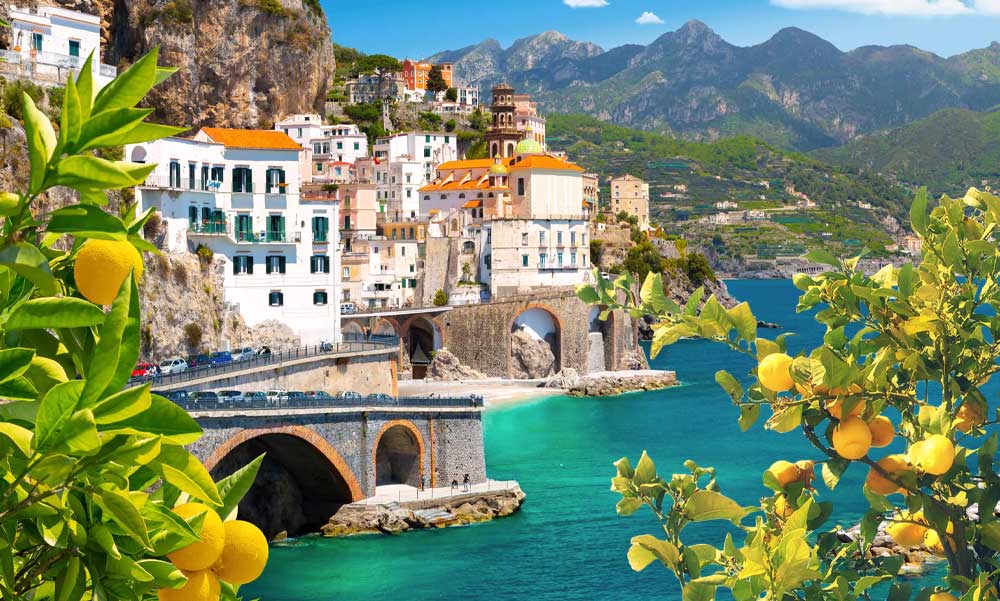The Sorrento lemon is not merely a fruit but a symbol of the land, embodying the history, resilience, and hospitality of its people. For anyone exploring the Amalfi Coast, a visit to Sorrento offers not just scenic beauty but also an unforgettable taste of its iconic citrus soul.
Nestled along Italy’s spectacular Amalfi Coast, the small town of Sorrento is world-renowned not only for its dramatic cliffs and breathtaking sea views but also for its prized agricultural treasure: the Sorrento lemon. Known in Italian as the Limone di Sorrento or Limone di Massa Lubrense, this citrus fruit is celebrated for its intense fragrance, juicy pulp, and slightly acidic yet aromatic taste that sets it apart from other lemon varieties. The Sorrento lemon is more than just a fruit—it is a cultural symbol, a vital part of local heritage, and a magnet for culinary tourism.
The cultivation of lemons in the Sorrento Peninsula dates back to Roman times, but it was during the Middle Ages and Renaissance that lemon growing became widespread and economically significant. By the 17th century, local farmers had developed a unique terracing system on the steep coastal hillsides, using traditional stone walls and wooden pergolas called pagliarelle to protect the trees from wind and excessive sun. The specific microclimate of the region—mild winters, sea breezes, and rich volcanic soil—combined with centuries of farming tradition, have given the Sorrento lemon its Protected Geographical Indication (PGI) status, granted by the European Union.
What truly distinguishes the Sorrento lemon is its size, vibrant yellow peel rich in essential oils, and high juice content. It is the main ingredient in the famous limoncello, a traditional lemon liqueur originally crafted in local households and now enjoyed worldwide. Tourists visiting Sorrento can witness the entire limoncello-making process in family-run factories and even sample it fresh on-site. In addition to limoncello, these lemons are widely used in local cuisine—infusing flavor into pasta dishes, seafood, desserts, and pastries.
For travelers, the Sorrento lemon is both a sensory and cultural experience. Visitors can stroll through lemon groves such as I Giardini di Cataldo or Villa Massa, enjoy lemon-based spa treatments, or participate in guided tastings and cooking classes focused on citrus-based recipes. Each spring, the Sagra del Limone (Lemon Festival) attracts locals and tourists alike with parades, food stalls, and art installations that celebrate the lemon’s role in Sorrento’s identity.
Cover photo by mybesttravelexpert.com



